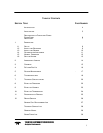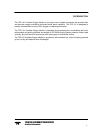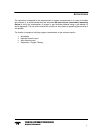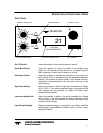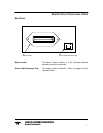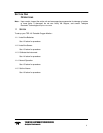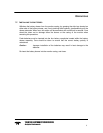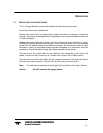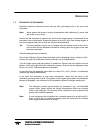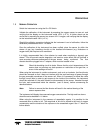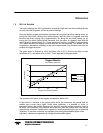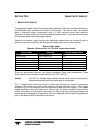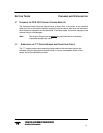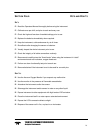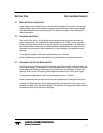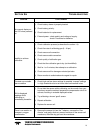
11
TELEDYNE ELECTRONIC TECHNOLOGIES
Analytical Instruments
O
PERATIONS
1.4 C
ALIBRATE THE
I
NSTRUMENT
Calibration should be effected at least once per shift, and always prior to the use of the
instrument.
Note: Never expose the sensor to varying temperatures while calibrating (i.e never hold
the sensor in your hand
)
Ensure that the instrument is switched on, and that the oxygen sensor is connected to the
instrument via the coiled cable. Expose the sensor tip to pure (100%) free flowing oxygen (a
flow rate of approximately 6 to 8 litres per minute is recommended).
Tip: For best calibration results, use a T-adapter and flow diverter within a flow circuit,
with the flow diverter attached to the sensor, allowing pure dry oxygen to flow past
the sensor assembly.
Allow the displayed value to stabilize.
Pull out the Calibration Control Knob and rotate until the displayed value is stable at 100%.
At this point, push the Calibration Control Knob back into its locked position.
Turn off oxygen supply and place sensor in ambient air. Remove the flow diverter from the
Sensor, if one was used during the calibration process, Observe that the displayed value
falls to 21% (±2%). Calibration has been successful.
In the event that the displayed value does not reflect 21% (±2%), initiate a re-calibration
(following the steps outlined above).
In the event that calibration is once more unsuccessful, check that the purity of the
calibration gas being used is valid. If the quality of the oxygen being used in the calibration
process is acceptable, and calibration is still impossible, replace the oxygen sensing cell.
Note: The calibration process should always be executed in dry, non-humidified
oxygen. Water vapour dilutes the oxygen concentration which can produce
errors in the calibration. The accuracy of the instrument is only as good as the
quality of the calibration process.
Note: It is not uncommon for the ambient air in hospital wards to be as high as 23%.
If the unit fails the 21% calibration reading move the instrument to a location
where oxygen contamination is unlikely.



